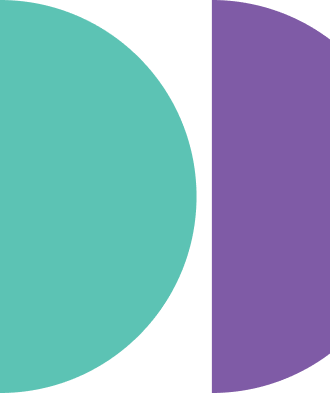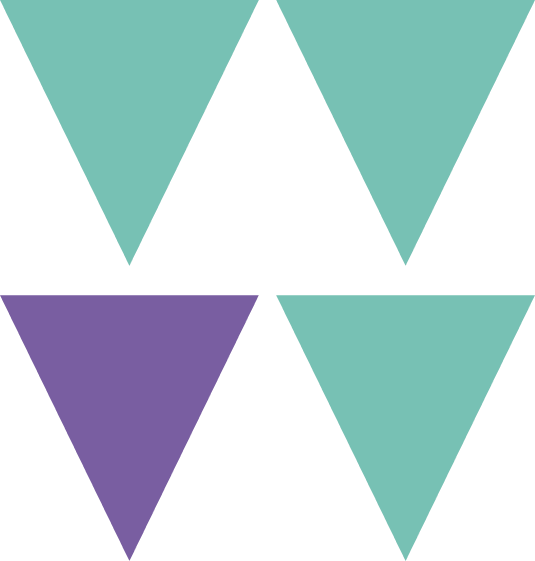We all yearn to build something meaningful. Something that is relevant to humans and serves a deeper purpose in society than just mere prettiness.
What is UX design?
User experience design (UXD) is the process of creating products that enhance user satisfaction. It offers meaning and relevance in a world where things sometimes don’t always make sense.
User experience design includes elements of interaction design, visual design, information architecture, user research, and other disciplines, and is concerned with all facets of the overall experience delivered to users. Those who work on UX (called UX designers) study and evaluate how users feel about a system, looking at such things as ease of use, the perception of the value of the system, utility, efficiency in performing tasks, and so forth.
It’s important to distinguish that it’s not just “user interface design” or “usability design”, which are in fact only subsets of the overall user experience design process.
A UX designer is responsible for the entire system of a product, from branding, design, usability, and functional requirements.
UX designers are challenged with putting themselves in their user’s shoes, exposed to crafting a story that may well live within society forever. Applying empathy and curiosity at every corner of their work, a UX designer must constantly ask the big questions: why, what, and how?
We all want to create meaningful, relevant experiences, but how do we do that? Where do we start? And how do we make sure that creating a great experience doesn’t get lost along the way? Here’s our user experience process in a nutshell:
Phase 1: Research
It always begins with research. Most of the time, researching will actually consume the bulk of your “designing” time because data and information are the foundations for what you will be able to design from. Do your due diligence and put your research cap on. The more information you have, the better.
Keeping tabs on your competitors is a trusted place to start. If you don’t already know, figure out who are your competitors are and see what they are doing to solve the same problem. Yes, you want to create something unique and innovative, but you don’t have to reinvent the wheel.
Be sure to also look at your customers. What do your customers want? Do you have existing customer research or surveys that will give you insight on what issues need solving?
Phase 2: Plan
Personas are useful in understanding who you’ll be designing for. Look to your actual product users and figure out who your audience is. What are their age and gender, and what are their behavioral patterns?
Another important UX tool is user flows. A user flow is a path your user will follow to complete any action on your digital solution. Whether that’s browsing, completing a transaction, or sending a message—map out as many flows you can think of to understand what the experience for the user will look like. In the user flow, pinpoint any key activities that you know your users will definitely need. That way, you can prioritize and eliminate any usability obstacles that might pop up throughout their journey.
Don’t forget to plan your KPIs and designate roles. Get everyone in a room and make sure everyone has a clear understanding of their project expectations. Checking in regularly with the team will help ensure the project is meeting weekly KPIs.
Phase 3: Ideate
After the team is clear on what you’ll be building and for whom, you may begin on the idea generation phase. Get everyone together in a room with markers, stickies, and a giant whiteboard, and get brainstorming. Sketches and wireframes are great ways to map out your solution. This will go through iterations along the way, but this is the first step in bringing your ideas to life, even if they’re only on paper.
Phase 4: Build
Next, think about the UI elements and gestures you’ll need on the app, and the responsiveness of the solution. What does it look like on a tablet or Apple Watch? And what is the basic functionality that your digital solution requires? A simple prototype is where you can bring your ideas to life. It’s the first physical stage of development that is focused on design, not code.
Phase 5: Get Feedback
A codeless prototype is enough to give users a real-life experience. Take advantage of this stage and make sure you dedicate adequate time to getting user feedback. Ask your testers to think about wait times and errors – questions such as, are loading times too slow, and are there any features not working, or not working the way they should be working? Be sure to get specific.
Phase 6: Finalize
After getting feedback, you can make changes and add in any of the final details. The layout will include mages, icons, button placements, fonts, colors, and design. The goal is to look at every element and finalize the look and feel of your solution.
Micro-interactions are the small but unforgettable interactions customers never forget. Make sure to review and optimize every word and action, from button to button, from pop-up to chat box, from copy to interaction. Remember, it’s all about the user experience.
Phase 7: Analyze
It’s time to take your product to the test. A/B multivariate testing is important to see when one variation can work better than another. Always remember that just because you’ve shipped out a solution, it doesn’t mean that changes won’t happen. Keep an ear on what users are saying and how you can improve their experience going forward. Changes in human behavior are constant and it’s your job to keep up with them.
Lastly, remember to revisit your KPIs. Go back and see if you’re on track and if there’s anything else you need to reach your goals.





